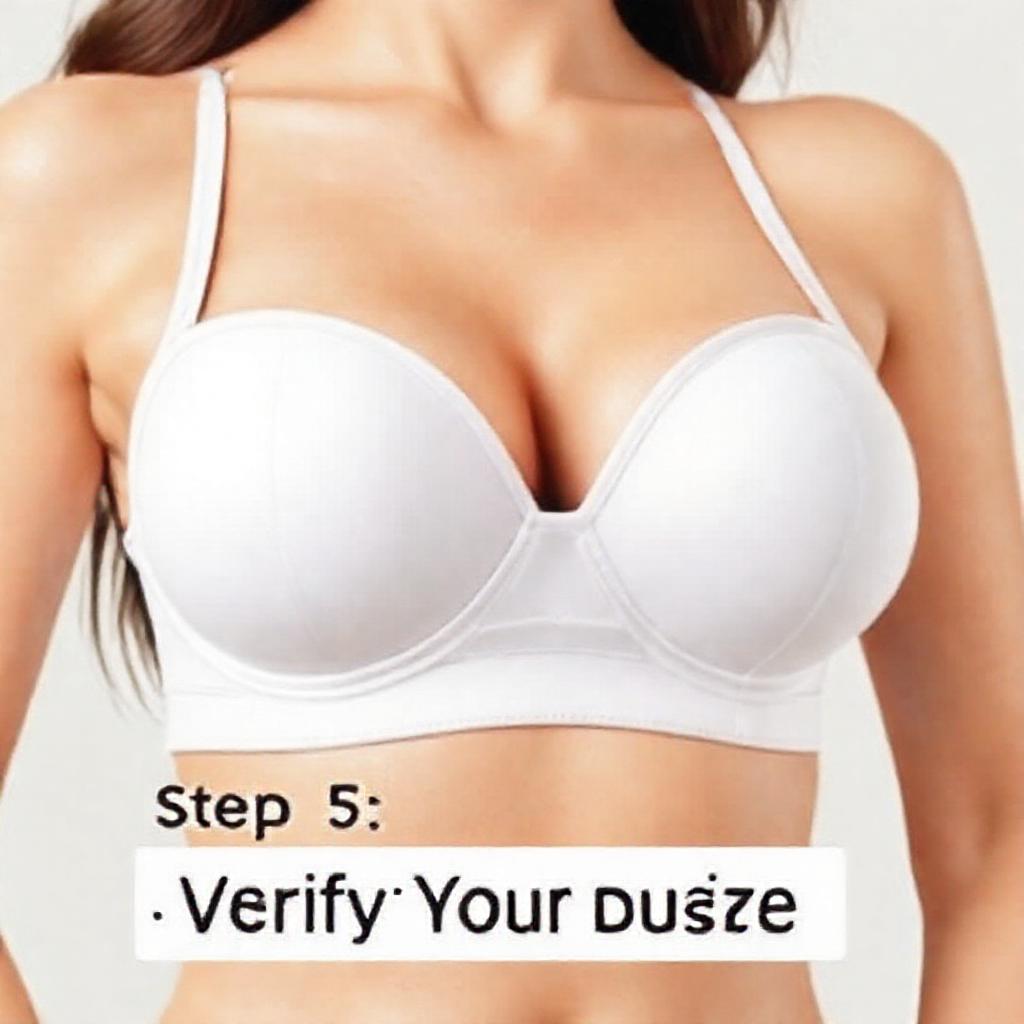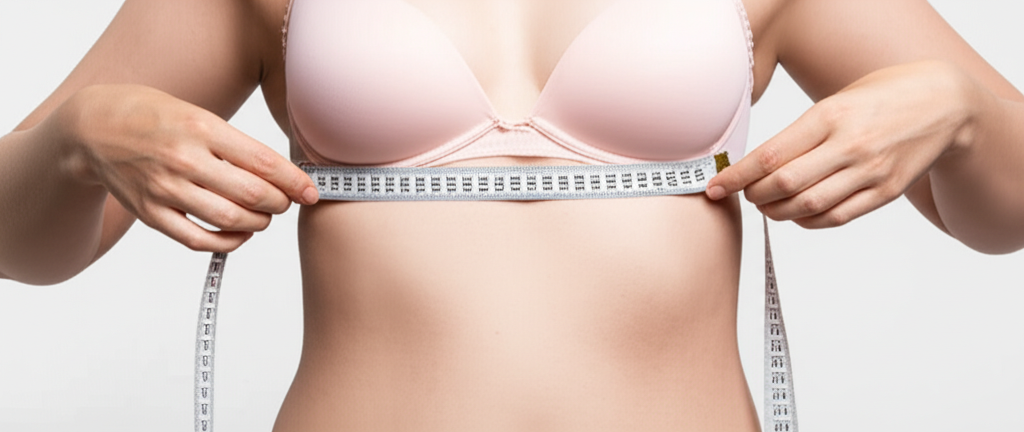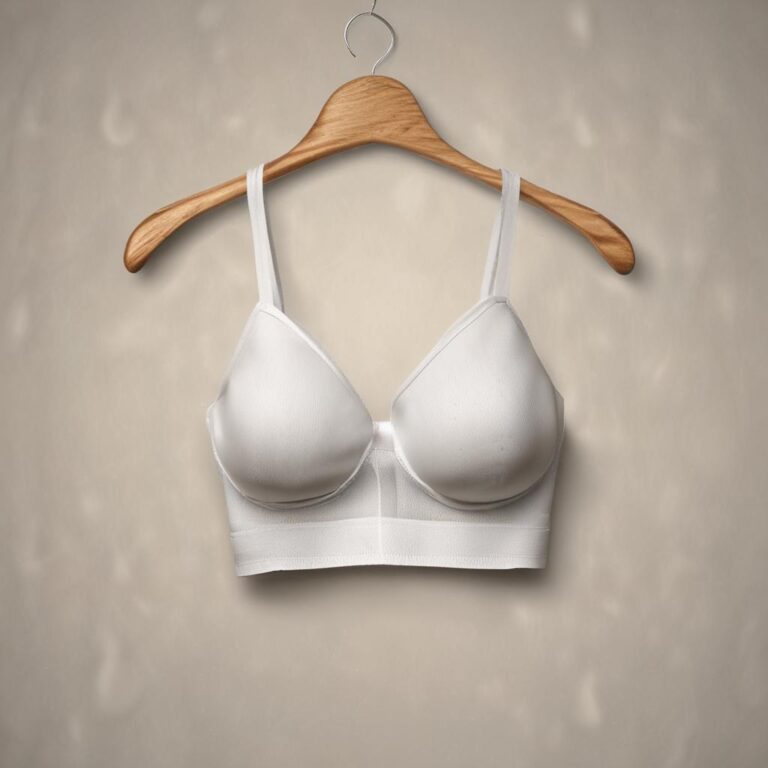Finding the right bra size is essential for comfort, support, and confidence, but many people struggle to understand the relationship between bra size and bust size. While bra size includes both band size and cup size, bust size refers specifically to the measurement around the fullest part of the bust. This distinction can lead to confusion, especially when trying to determine the perfect fit. In this guide, we’ll break down the process of finding your bust size from your bra size, providing clear, step-by-step instructions to help you achieve a flawless fit.
Step-by-Step Process
Identify Bra Size
Note the band size (e.g., 32) and cup size (e.g., D).
Understand Sizing System
Know that cup size increases by 1 inch per letter (A=1, B=2, etc.).
Calculate Band Size
Band size is the measurement around the ribcage in inches.
Determine Cup Volume
Cup size is the difference between bust and band size.
Convert to Bust Size
Add band size to cup volume (e.g., 32 + 2 = 34 inches).
Process infographic for How to Find Bust Size from Bra Size
Understanding Bra Size and Bust Size
What is Bra Size?
Bra size is a combination of two measurements: the band size and the cup size. The band size is the measurement around your ribcage, just below the bust, while the cup size indicates the difference between your bust measurement and your band size. Together, these two numbers and letters (e.g., 34B) determine your bra size.
What is Bust Size?
Bust size, on the other hand, is the measurement taken around the fullest part of your bust. Unlike bra size, which includes both band and cup dimensions, bust size is a single measurement that helps you understand the volume of your bust. Knowing your bust size is crucial for finding bras that fit well and provide the right support.
Step-by-Step Guide to Finding Bust Size from Bra Size
Step 1: Measure Your Band Size
To measure your band size, wrap a measuring tape snugly around your ribcage, just below your bust. Ensure the tape is level and not too tight or too loose. Round the measurement to the nearest whole number. This number is your band size.
Step 2: Measure Your Bust Size
Next, measure around the fullest part of your bust, ensuring the tape is parallel to the ground. Wear a non-padded bra for the most accurate results. This measurement is your bust size.
Step 3: Calculate Cup Size
Subtract your band size from your bust size to determine your cup size. Use a reference chart to convert the difference: for example, a 1-inch difference typically corresponds to an A cup, 2 inches to a B cup, and so on.
Step 4: Combine Measurements to Find Bra Size
Combine your band size and cup size to determine your bra size. For example, if your band size is 34 inches and your bust size is 36 inches (a 2-inch difference), your bra size would be 34B.
Step 5: Verify Your Bust Size
Once you’ve calculated your bra size, try on bras in that size to ensure a proper fit. Adjust the straps and band as needed for maximum comfort and support.

Common Mistakes to Avoid
Incorrect Band Size Measurement
Measuring the band size too tightly or too loosely can lead to an inaccurate bra size. A properly fitted band should feel snug but not constricting.
Ignoring Cup Size Variations
Cup sizes can vary across brands and styles, so it’s important to try on different options. Don’t assume that the same size will fit perfectly in every bra.
Not Re-Measuring Over Time
Your bust size can change over time due to factors like weight fluctuations, pregnancy, or aging. Re-measure periodically to ensure you’re wearing the correct size.
Tips for a Perfect Fit
Choose the Right Bra Style
Different bra styles, such as balconette or sports bras, are designed for specific purposes. Choose a style that suits your needs and complements your body shape.
Consider Brand Sizing Differences
Brands often have their own sizing standards, so consult their size charts before purchasing. Don’t hesitate to try on multiple sizes to find the best fit.
Adjust Straps and Band for Comfort
Ensure the bra straps are snug but not digging into your shoulders, and adjust the band to sit comfortably around your ribcage. A well-adjusted bra provides optimal support.

Conclusion
Knowing your bust size is the key to finding a bra that fits perfectly and feels comfortable. By following this guide, you can confidently measure your bra size and bust size, ensuring you choose the right fit every time. A well-fitted bra not only enhances your silhouette but also boosts your confidence and comfort throughout the day.
FAQ Section
Can I find my bust size without measuring?
Measuring is the most accurate method, but some brands provide online size estimators that can give you a general idea of your size.
How often should I measure my bust size?
It’s recommended to measure every 6-12 months or after significant changes in weight, pregnancy, or other body-altering events.

Why does my bust size differ across brands?
Sizing standards vary by brand and region, so it’s important to check each brand’s size chart and try on bras when possible.
What if my bust size falls between two cup sizes?
Try both sizes to see which one feels more comfortable, or consult a fit specialist for personalized advice.
Is bust size the same as bra size?
No, bust size is a single measurement of the fullest part of your bust, while bra size includes both band size and cup size.




